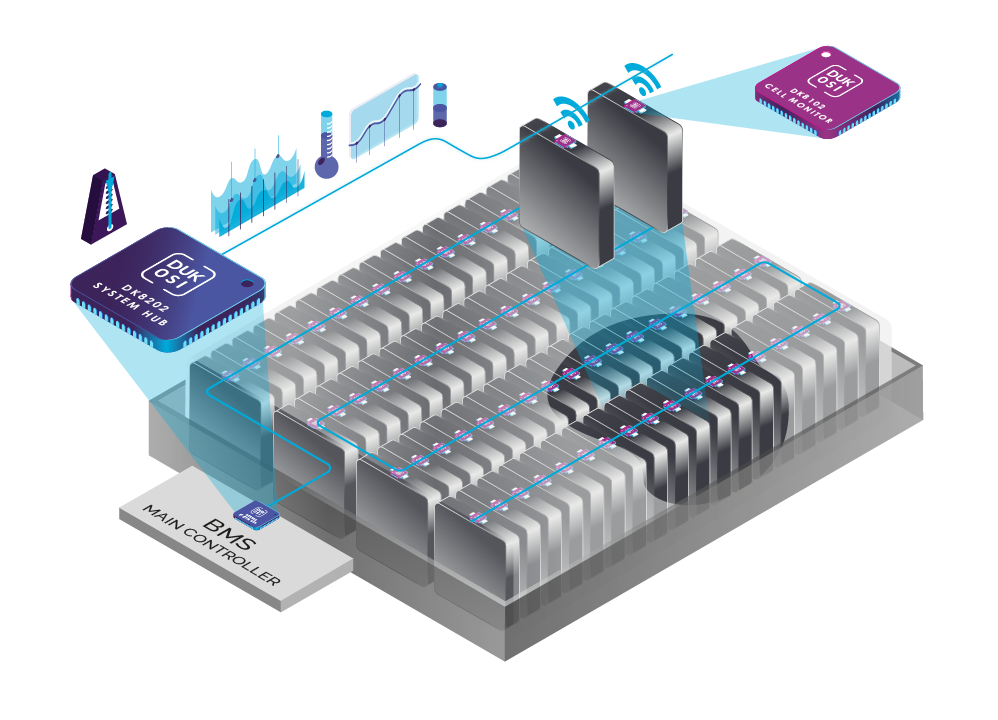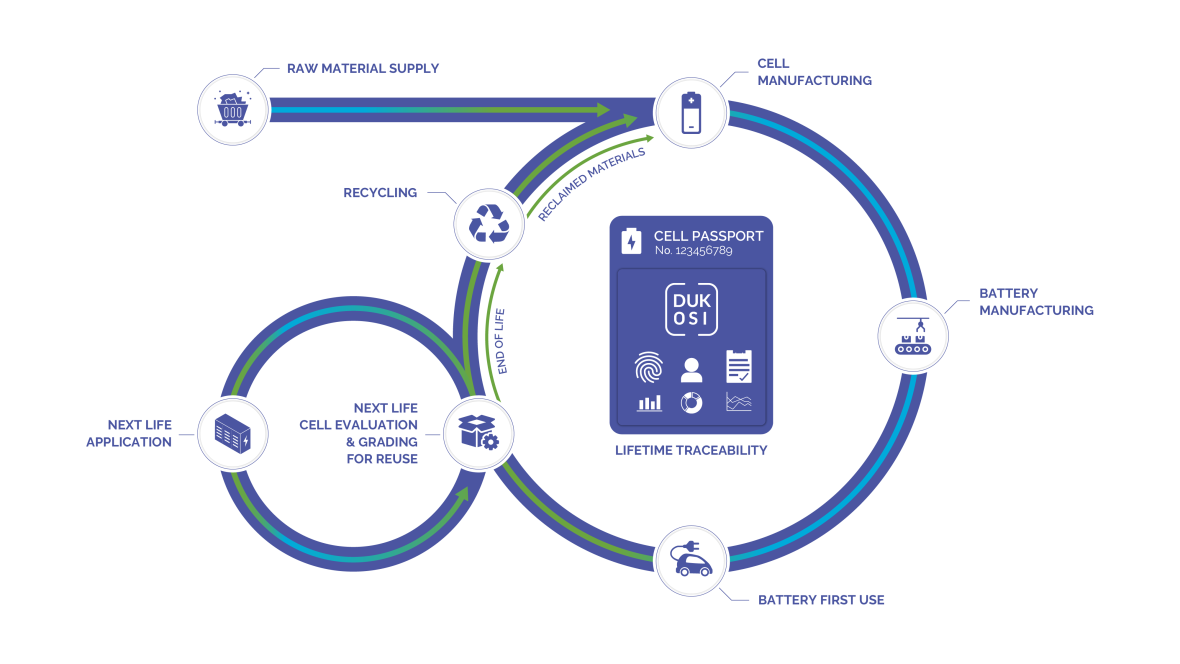Prioritizing Scalable, Sustainable Strategies to Achieve Net Zero Emissions 2050

Earth Day 2024: Focusing on scaling sustainable technologies available today will help achieve global net-zero goals tomorrow.
Since the United Nations Framework Convention on Climate Change was signed 32 years ago, CO2 emissions from the energy and industrial sectors have increased by 60%, despite numerous pledges and efforts by governments to tackle the causes of climate change1. Back in 1992, the global temperature was 0.43°C higher than pre-industrial levels2, but by 2023, this has increased to approximately 1.1°C.3
The urgency of the situation is clear, so it is time to reassess our approach to technological innovation. While breakthrough solutions garner attention and excitement, the reality is that widespread adoption of radically new solutions often face considerable barriers (real or artificially created), limiting the potential of a global-scale impact. With just 25 years left to achieve Net Zero Emissions 2050 (NZE2050) targets, our efforts should be to prioritize technologies that exhibit both sustainable performance and practical scalability, which, when combined with systemic changes in policy frameworks, investment strategies, and consumer behavior, can help achieve NZE2050.
Thankfully, even the International Energy Agency (IEA) supports this idea in their NZE2050 framework: in its roadmap for the global energy sector, it states, “All the technologies needed to achieve the necessary deep cuts in global emissions by 2030 already exist”.4
Looking at the IEA’s focus areas, such as electric vehicles (xEV)5 and renewable energy generation and storage, there are many common themes, such as the use of lithium-based battery cells of various chemistries. 5-6.5 TWh of global battery manufacturing capacity is expected by 20306,7; hence, using this in innovative solutions and scalable strategies can have a significant impact on global emissions. However, for it to be truly sustainable, batteries must embrace a circular economy that encourages reuse through next-life applications before eventual recycling for material recovery, maximizing the reduction in their lifetime carbon footprint.
Dukosi DK8102 Cell Monitors and DK8202 System Hub integration into a battery
Making high-power batteries sustainable, one cell at a time…
Dukosi’s chip-on-cell technology is a market-ready solution that can enhance high-power lithium-ion batteries with greater performance, reliability and safety, while also enabling a circular economy by facilitating second-life use, recycling and material recovery.
The DK8102 Cell Monitor is equipped with embedded processing elements, storage to record lifetime data and RF for power-efficient and reliable near field communications. It is ideally integrated during the cell formation or manufacturing process.
The implementation of Dukosi’s proprietary communication protocol C-SynQ®8, allows for secure, reliable contactless communication between the DK8102 Cell Monitor, and DK8202 System Hub via a single bus antenna. With a ground-up design expressly made for multiple-cell batteries, C-SynQ provides reliable communication and data synchronization9. This greatly simplifies the battery architecture, while also allowing the flexibility to add or remove cells without the need for battery redesign or reconfiguration.
In contrast to a traditional wired architectures, Dukosi’s chip-on-cell technology is more suitable for meeting the needs of a wide range of applications10, including electric vehicles (xEV) in diverse global markets, which require a range of pack capacities, physical packaging and potentially battery chemistries, too. This quality is equally advantageous for grid-scale battery energy storage systems (BESS), which need to accelerate safety and reliability, therefore benefiting from on-cell temperature monitoring, among other inherent architecture advantages.
Creating a Circular Economy
Consideration of material usage and manufacturing is essential for reaching NZE2050, especially with data showing battery cells produced using recycled raw materials emit just 25% of the carbon emissions compared to cells made from newly mined materials11.
As cells deteriorate at varying rates, traditional battery designs hinder the ability to determine the condition of individual cells inside, whereas each Dukosi Cell Monitor stores full lifetime traceability, materials and manufacturing information, delivering unprecedented insight into their lifecycle and enabling precise cell grading for reuse opportunities. Once the cells are no longer usable, the materials data stored on-cell allows recycling operations to optimize their processes to maximize raw material recovery rates.
For highly demanding applications like electric vehicle (xEV) batteries12, individual cell ‘passports’ can allow for an easier transition into second, less demanding applications, such as battery energy storage solutions (BESS).
A sustainable, circular battery economy, enabled by Dukosi cell passport technology
Conclusion
By prioritizing solutions that can be readily implemented and scaled across diverse applications and markets, we can capitalize on existing technologies and infrastructures to drive meaningful reductions in greenhouse gas emissions already today. This approach leverages the capabilities of current innovations and acknowledges the urgency of the climate crisis. Dukosi’s chip-on-cell technology can greatly enhance the sustainability of essential and widespread battery systems, promoting better first-life usage and next-use opportunities and accelerating our journey towards achieving NZE2050.
- https://www.iea.org/reports/net-zero-by-2050 ↩︎
- https://www.eea.europa.eu/data-and-maps/daviz/global-average-air-temperature-anomalies-6#tab-dashboard-01 ↩︎
- https://www.un.org/en/climatechange/net-zero-coalition ↩︎
- https://www.iea.org/reports/net-zero-by-2050 ↩︎
- https://www.dukosi.com/electric-vehicles ↩︎
- https://www.mckinsey.com/industries/automotive-and-assembly/our-insights/battery-recycling-takes-the-drivers-seat ↩︎
- https://www.spglobal.com/marketintelligence/en/news-insights/research/lithium-ion-battery-capacity-to-grow-steadily-to-2030 ↩︎
- https://www.dukosi.com/blog/what-is-dukosi-csynq ↩︎
- https://www.dukosi.com/blog/battery-cell-monitoring-with-dukosi-c-synq-is-synchronous-and-deterministic-by-design ↩︎
- https://www.dukosi.com/blog/what-industries-can-benefit-from-smarter-battery-solutions ↩︎
- https://www.mckinsey.com/industries/automotive-and-assembly/our-insights/battery-recycling-takes-the-drivers-seat ↩︎
- https://www.dukosi.com/electric-vehicles ↩︎
All original content, graphics, images and media are copyright of Dukosi.

